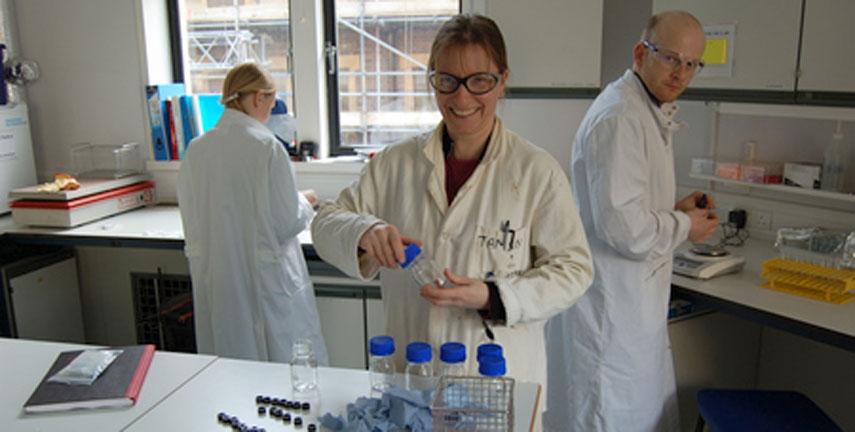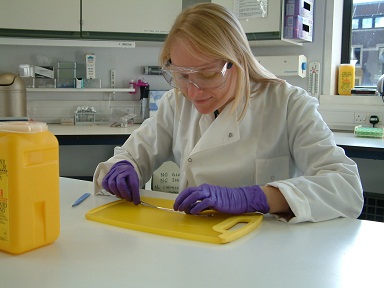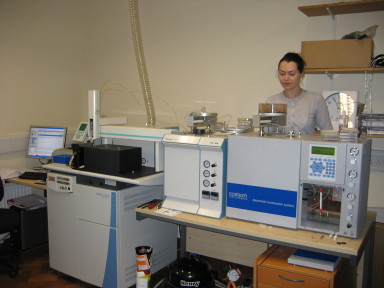
Here in the Dorothy Garrod Lab we focus on the use of isotope analysis to investigate our human ancestors and their interaction with plants, animals and landscapes. We address questions about diet and nutrition, palaeoclimate and palaeoenvironment, ecology, mobility and origins. Our work uses the following isotopic measurements: δ13C, δ15N, δ18O, δ34S, δD, 87/86Sr. We analyse a wide variety of samples including bone, teeth, hair and whiskers, skin, plants and shells. Samples analysis by the Dorothy Garrod Lab has provided new insight on material culture changes across the Anglo-Saxon period, the resilience and sustainability the Indus Civilisation and diet and mobility in 14th Century Cambridge, to give just a few examples.
Laboratory Members include undergraduate, masters and doctoral students, post-doctoral researchers and academic staff.
We welcome applications to join the laboratory from potential post-docs, visiting fellows and students, PhD and MPhil students. We welcome academic collaborations with other individuals and external institutions, and undertake semi-commercial work on a project-by-project basis. For more information or to discuss this further please contact the Lab.
We have the facilities in-house to prepare a wide variety of samples for isotopic analysis. We analyse human, plant and animal samples, both archaeological and modern. For analysis guidance please see Laboratory Documentation for download at the bottom of this page.
Sample types analysed
- Collagen (bone, dentine, skin etc)
- Tooth enamel carbonate and phosphate
- Shell carbonate
- Plant organics
- Hair, feather and whisker keratin and other soft tissues
- Blood, serum and plasma
- Faecal and urine samples
- Water
Preparation equipment
Freeze-driers, centrifuges, drilling equipment, extraction hoods, oven, hot block. Strontium sample preparation is carried out in the clean room facilities in the Department of Earth Sciences.
Analytical equipment
All isotopic analyses are carried out via collaboration with the Godwin Laboratory, Department of Earth Sciences. We routinely analyse isotopes of carbon, nitrogen, oxygen and strontium, and can also measure hydrogen and sulphur.
Mass spectrometers:
- Costech EA coupled to a Finnigan Delta-V isotope ratio monitoring mass spectrometer
- VG PRISM Mass Spectrometer with Multiprep System
- VG SIRA Mass Spectrometer with Multicarb System
- Thermal Ionisation Mass Spectrometer
Required Sample Sizes
|
Material |
Sample size |
|
Bone, antler and tooth collagen |
0.5-1.0g of dry bone |
|
Tooth enamel (carbonate) |
7-10mg of powdered enamel |
|
Tooth enamel (phosphate) |
1mg of powdered enamel |
|
Hair keratin |
0.5-1.0cm of hair |
|
Shell carbonate |
0.1mg |
|
Plants |
1-10mg |


